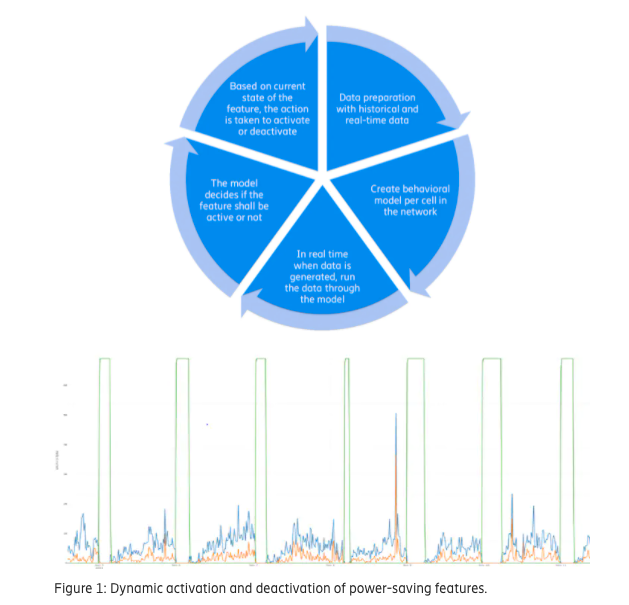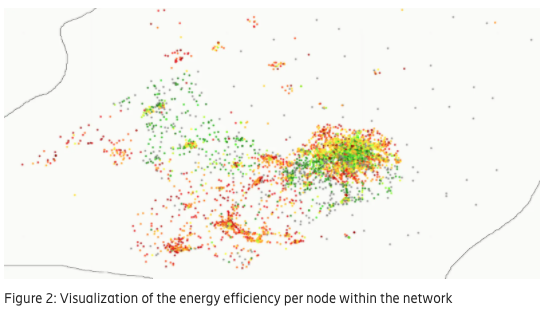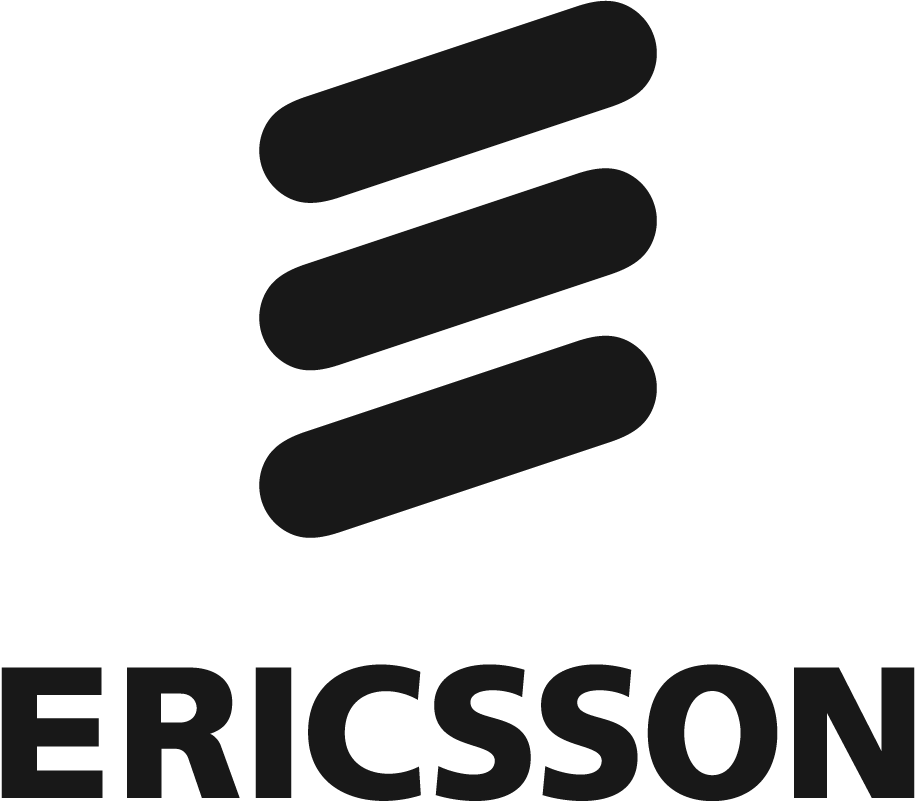Finding the Right Balance Between Energy Savings and Network Performance
5G has indeed arrived, bringing with it high expectations on user experience as well as a wide range of exciting business opportunities. At the same time, it’s clear that if 5G is managed in the same way as previous generations to meet rising traffic demands, energy consumption of mobile networks will increase dramatically. This is unsustainable in terms of cost as well as environmental impact. To break the negative trend of energy consumption, it’s necessary to address the different parts of the network holistically and, while doing so, make sure that the full 5G experience is delivered.
One of the quickest ways to reduce network energy consumption is to activate energy savings software. However, if such activations are not based on real-time, real-world conditions, there’s a risk that network performance and user experience may deteriorate when parts of the network resources are unavailable. So, how can we make sure that the network resources are powered off at exactly the right time—when traffic is low—to maximize savings and powered on at exactly the right time—when traffic peaks—to avoid performance degradation? In other words, how do we find the right balance between energy savings and network performance?
Service Continuity from Ericsson Support Services is an innovative energy-aware solution based on years of experience working with network performance, combining the knowledge of experts with artificial intelligence (AI) and machine learning (ML). This new solution addresses energy efficiency throughout the day to maximize energy savings during low traffic periods and reduce energy waste during traffic peak hours.
Intelligent energy saving feature activation/deactivation
Introduction of advanced power saving software features such as deep sleep will reduce the energy consumption of the massive MIMO radios’ consumption. Service Continuity complements the feature by dynamically determining which feature to activate and when. Our intelligent RAN power-saving solution models the entire network’s cells based on the traffic behavior such as data volume and users. It uses advanced ML techniques, determining the deep sleep power-saving feature activations and deactivations autonomously across the network on a radio level granularity, without blocking or soft locking the cells. As a result, this use case prolongs the sleep times and increases power savings by at least 13% in addition to the deep sleep feature.
Apart from providing an effective power-aware scheme capable of achieving notable improvements in terms of energy saving, the solution also correlates with real-time network performance parameters such as control traffic delay, data path latency, and link utilization to prevent any impact on user experience.
However, AI and ML alone, cannot provide conclusions that are 100 percent correct over time as the network changes which means that relying on unsupervised self-learning AI/ML is not enough. The methodology used in Ericsson Network Intelligence is, leveraging knowledge from historical and current real-time information to continuously train and adapt the ML algorithms. This means that energy savings can be maximized while network performance is protected.
Network energy-efficiency mapping
Operating sites efficiently from an energy perspective requires a clear understanding of site capabilities, capacity, and performance at any given time. However, too often, this information is not visible in an easy way for service providers which can mean that important decisions are based on assumptions rather than actual real-time data from the site.
Our node radio power efficiency map helps to visualize the energy efficiency per site and understand the root cause of any inefficiency. The use case correlates the energy consumption per site against traffic metrics such as data volume and average users per cell. It then finds the most inefficient sites from an energy perspective and analyzes each site against dimensioning, hardware, software, and radio frequency problems for detailed understanding of the root cause of the inefficiency. Once the root cause is found, the system will either automatically resolve the problem or send a recommendation for further action. This means that the solution not only addresses and reduces energy waste during traffic peak hours, but it also addresses and improves network performance.
Nello Califano, Head of Network Services Strategy & Portfolio Management, says: “In Ericsson Support Services, our main objective is and always has been, to provide the best network performance for our customers. With Ericsson Network Intelligence, we make good on this promise to our customers while also helping them achieve energy efficiency.”
Conclusion
Drawing on all sorts of data, using advanced machine learning techniques in combination with deep network knowledge, Ericsson Network Intelligence solution can perform precise predictions and preempt network issues to perfectly balance energy savings, network performance and customer experience requirements. Let’s take this first great step together in the journey to reduce the carbon footprint for a greener future.
Learn more
Explore Ericsson energy efficiency services.




